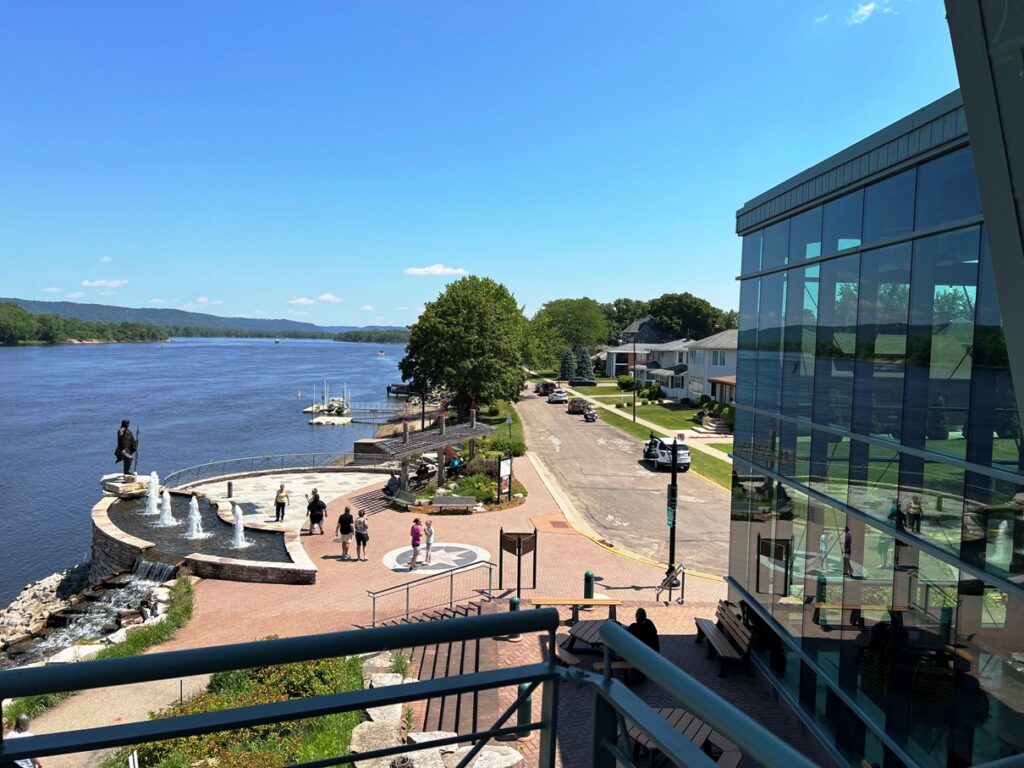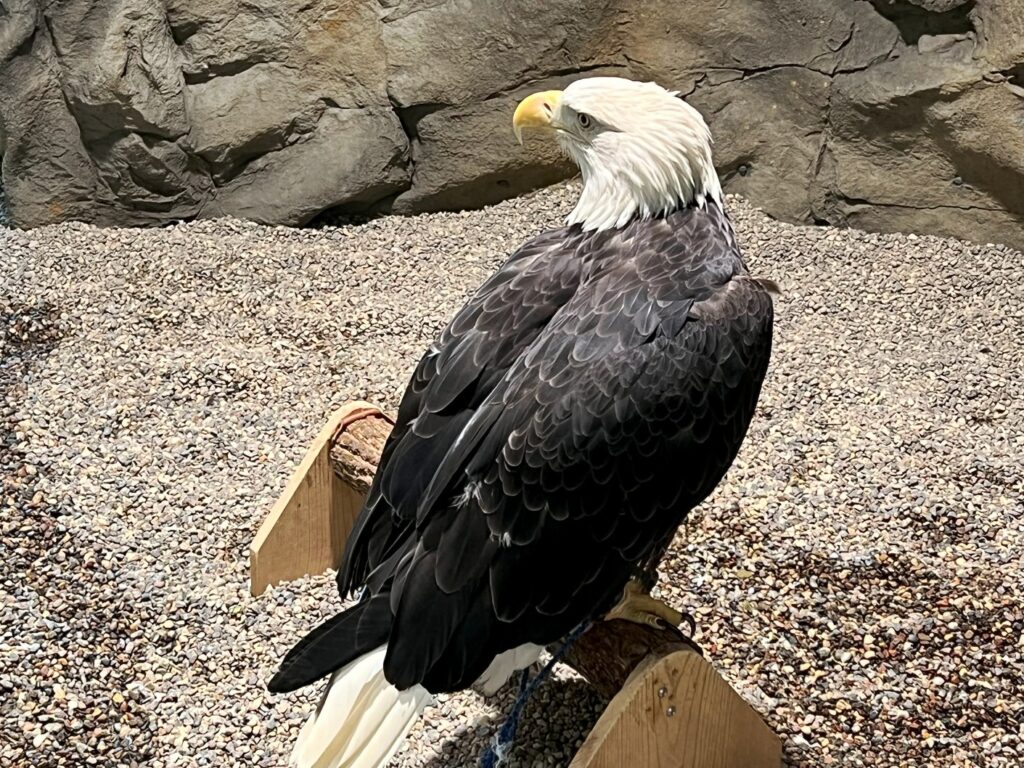Back Home by Chris Hardie
- Download this column as a Word document
- Download the photos that accompany this story
- Chris Hardie’s headshot
Growing up on our Jackson County farm in the 1970s, a bald eagle sighting was something to behold. There were not many eagles left.
In 1974 there were only 107 active nests in Wisconsin, which was only two years after the U.S.. Environmental Protection Agency banned the use of the pesticide DDT, which thinned eggshells of eagles. Nationwide the low point for eagles was 1963 when there were only 417 nesting pairs in the lower 48 states.

Today there are more than 71,400 nesting pairs in the lower 48 and nearly 317,000 individual eagles, according to the U.S. Fish and Wildlife Service. So even though I see eagles often while driving around western Wisconsin, it still stirs my soul to see one in flight.
While I’m not aware of any nesting locations on our farm, we see them frequently. And we do have plenty of owls. The stillness of the early morning is when you can hear the choruses of “Who cooks for you? Who cooks for you-all,” which carried across the quiet morning. I’ve also spotted great-horned owls over the years.
I consider myself fortunate to be able to observe eagles and owls in nature. I’m also fortunate enough to live within easy driving distance of two great wildlife centers where you can also see the birds close up.
The National Eagle Center in Wabasha, MN has just opened the first phase of a renovation and expansion project. Work began in November to expand the eagle care facilities and create new exhibit spaces, as well as creating a new program center where programs are held.
The center is beautifully situated on the banks of the Mississippi River and my wife Sherry and I recently visited to take in a program and see the eagles under the center’s care. Those eagles suffered injuries that make them unlikely to survive in the wild but they could live up to 40 years in captivity.
Last year we drove to Houston, MN – located about an hour south of Wabasha – and visited the International Owl Center, a facility that was inspired by the National Eagle Center. We took in a very informative program and saw several owls, classified as Strigiformes in the avian order of nocturnal birds.
The Houston center is located in a downtown building, with plans underway to build a new facility next to the aviaries where the owls live. The World Owl Conference will be held in Onalaska, WI in October 2023.

Both places are ideal locations to take children, who will not be bored by the interactive presentations. It’s fun for old guys like me too.
While the recovery of the bald eagle population has been a major conservation success, some species of owls have declining populations due to habitat loss, land use and climate change. Threatened species include the northern spotted owl, burrowing owls, pygmy owls and snowy owls.
The barn owl population has declined with the loss of drafy old barns and hay fields, meadows or pastures where meadow vole – their primary food – flourish. There are fewer old barns today and many farms grow just corn or soybeans, not vole habitat.
We learned our lesson with DDT – I suspect that dichloro-diphenyl-trichloroethane was used on our land back in the 1950s. My brother and I found a bag of DDT cleaning out an old shed years ago.
Thankfully the eagles came back. But we seem to be a little slower in addressing land use and climate change impacting owls and other animal species.
Mother Nature can be forgiving – if we give her time.
Chris Hardie spent more than 30 years as a reporter, editor



